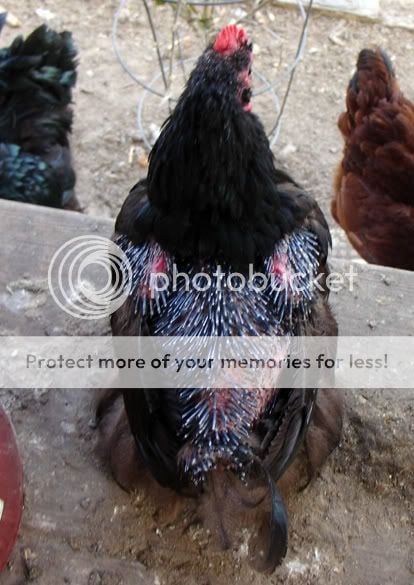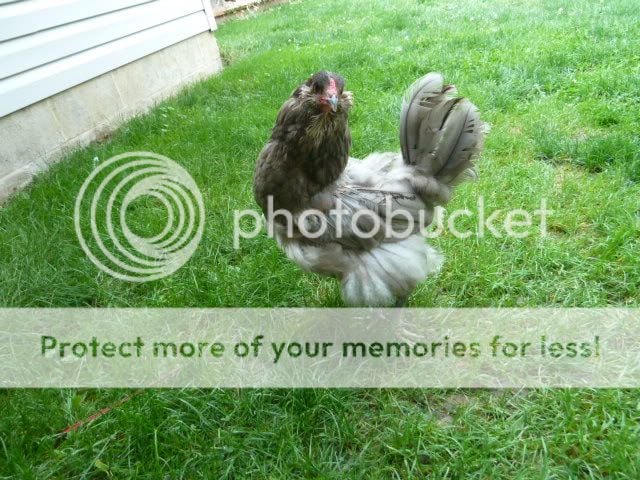Also, we had a hen who either had all her tail feathers pecked or she molted, but that was easy, as they all grew back beautifully!
We did have red and black stars (think that is what they were called). They had spots of feathers missing, like your photos show. One of them, we found to have a type of flea or mite. Then the others will pick the fleas, and eventually the hen has a red spot from the bugs or the pecking!
We have used a dusting powder, very carefully...also giving them dust bath materials-which they naturally LOVE!
This is most difficult here now, as we have below zero temperatures and snow that goes over the hens heads... I try to have a dusting box or two for them, and that lasts about a day or two! Which reminds me, I must refresh those for them, as the cold persists... The hens aren't willing to go in the deep snow!
Good luck!
We did have red and black stars (think that is what they were called). They had spots of feathers missing, like your photos show. One of them, we found to have a type of flea or mite. Then the others will pick the fleas, and eventually the hen has a red spot from the bugs or the pecking!
We have used a dusting powder, very carefully...also giving them dust bath materials-which they naturally LOVE!
This is most difficult here now, as we have below zero temperatures and snow that goes over the hens heads... I try to have a dusting box or two for them, and that lasts about a day or two! Which reminds me, I must refresh those for them, as the cold persists... The hens aren't willing to go in the deep snow!
Good luck!







